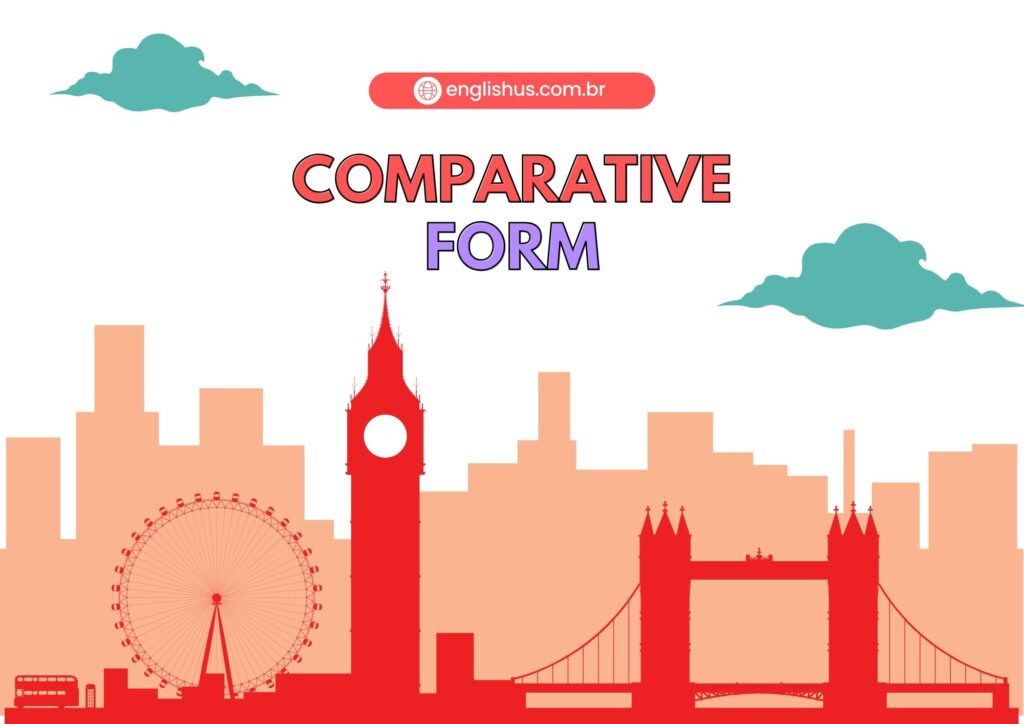Hey there, language enthusiasts! Today, we’re taking a trip through the past with a fascinating aspect of English grammar: Understanding “used to.” This simple yet versatile expression allows us to talk about past habits, routines, and states that are no longer true in the present. So, hop on board as we explore the ins and outs of “used to” and uncover its magic together!
Unveiling the Meaning of “Used To”
“Used to” is a phrase used to indicate that something was habitual or customary in the past but is not true or done anymore in the present. It’s commonly used to talk about past experiences, behaviors, or situations that have changed over time. Let’s delve deeper into its usage with some examples:
- I used to play the piano when I was a child. (I played the piano regularly in the past, but I don’t anymore.)
- She used to live in Paris. (She lived in Paris at some point in the past, but she doesn’t live there now.)
- We used to go camping every summer. (Going camping was a regular activity for us in the past, but we don’t do it anymore.)
The Structure of “Used To”
The structure of “used to” is straightforward:
- Subject + used to + base form of the verb
Examples:
- I used to work as a teacher.
- They used to travel to Europe every year.
- She used to have long hair.
How to Use “Used To” Correctly
“Used to” is used to talk about past habits, routines, or states that are no longer true in the present. Here are some key points to remember when using “used to”:
- Past Actions: Use “used to” to talk about past actions that happened regularly or were habitual in the past.
- I used to ride my bike to school every day.
- He used to smoke, but he quit five years ago.
- Past States or Conditions: Use “used to” to talk about past states or conditions that were true for a period of time but have changed.
- She used to live in New York.
- They used to be best friends, but they drifted apart.
- Negatives and Questions: To form negatives and questions with “used to,” use the auxiliary verb “did” in the past and add “not” or “n’t.”
- Did you use to play soccer when you were younger?
- I didn’t use to like broccoli, but now I do.
“Used to” is a powerful tool for expressing past habits, routines, and states in English. Understanding “USED TO”, you’ll be able to convey your past experiences and life changes with clarity and confidence. So, keep practicing, stay curious, and remember that every journey through time with “used to” is an opportunity for linguistic growth and self-discovery.
For those eager to enhance their English skills and embark on a journey of personal development, I recommend the ebook “Personal Development Through English Language.” This insightful resource combines language learning with valuable personal growth tips, offering a unique opportunity to expand your vocabulary while nurturing your mind and spirit. For more information, click HERE.
Happy learning, and may your English adventures be filled with nostalgia and newfound knowledge!

